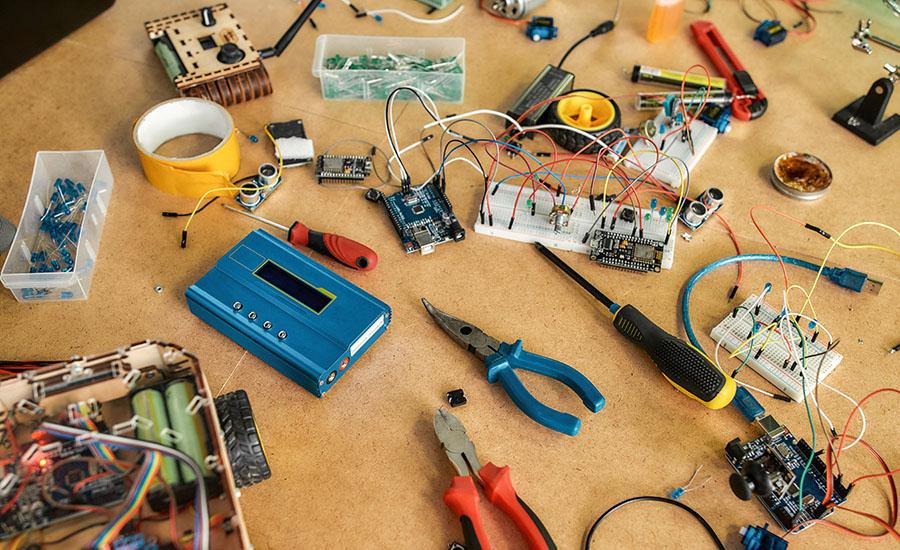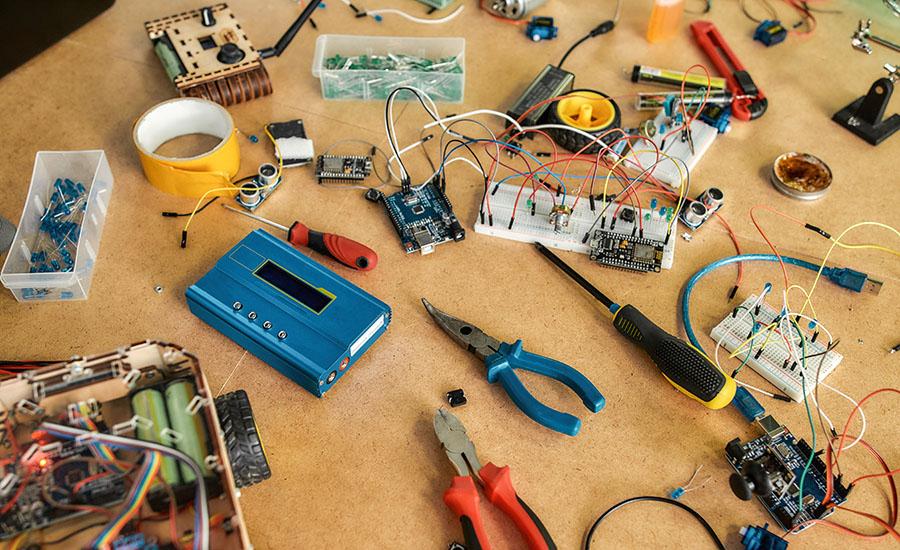
Zip a Dee Do Da
In this lesson students will use the Engineering Design Process to build a zipline carrier that will take their passenger down the zipline in a given time period, adjusting and altering their design as needed to meet the challenge.
Lesson Plan Link/URL
https://docs.google.com/presentation/d/1nWN86zVaIVBTOBMSbZ812r_Vi5cjzdiY/edit?u…Subject Area
Science Physical Science P2: Objects at a Distance P4: Energy Transfer Technology Engineering S2: Apply the Engineering Design Process S4: Apply Science to EngineeringRelated Content

Engineers often create small-size models of a new product to test its design. This is especially true with airplanes. Model testing tells engineers how a design responds to different air conditions

Students learn the history of rocketry, and the science behind rockets, and then design, build, and launch bottle rockets with compressed air and water.

In this lesson, students will learn about projectile motion and the factors that affect it by designing and building a simple catapult. Through hands-on experimentation, students will investigate how